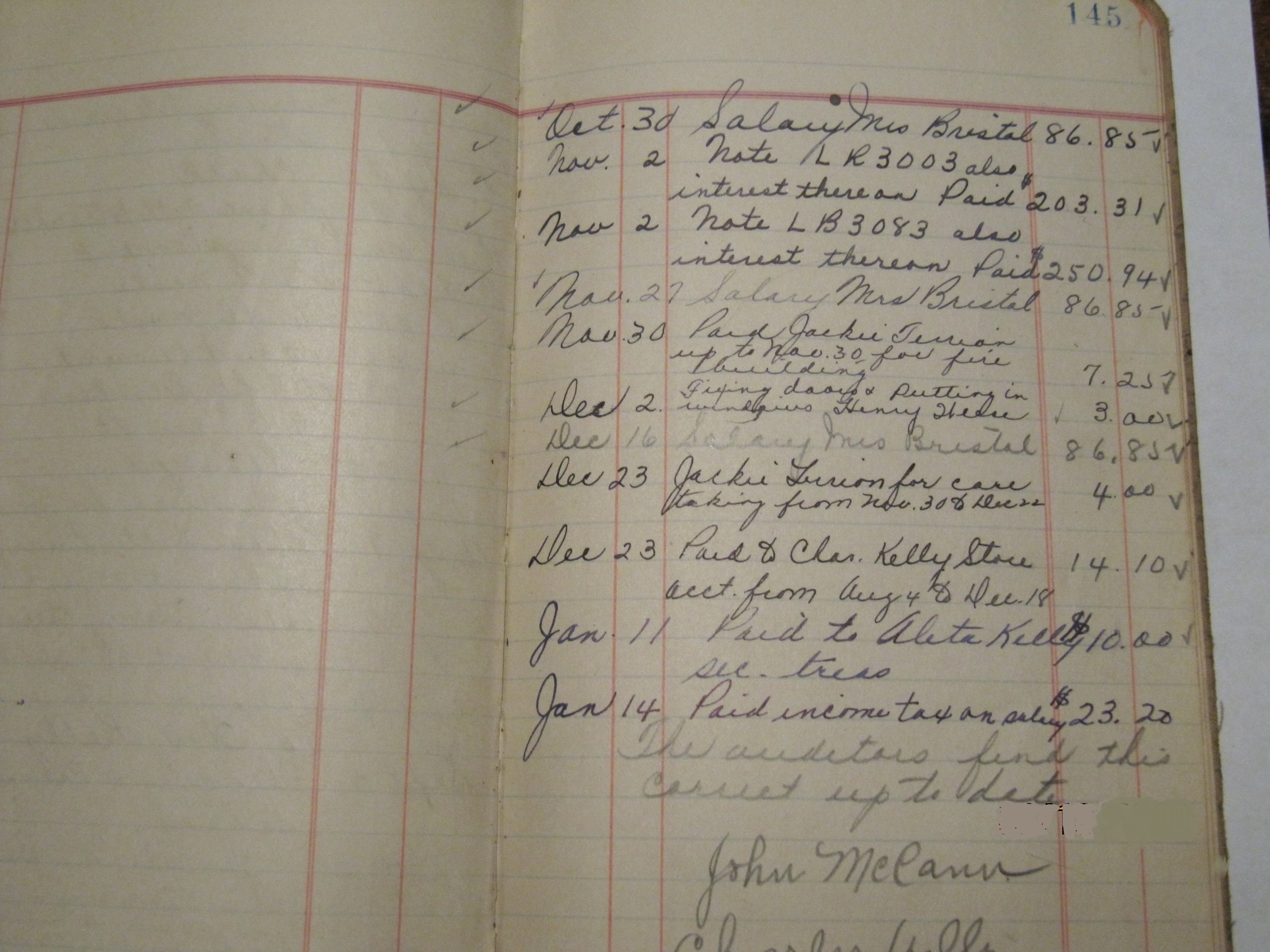REMEMBERING THE LYNCHES
/The story of my parents,
Vincent Lynch (1907-1982) and Anna Maloney Lynch (1905-1999)
by Vince Lynch Jr.
Vince was born in Westwood Ontario, the fourth child to Edward and Margaret Lynch. Shortly afterwards the family moved to Marmora, where his father was joint owner operator of the Lynch-Ryan Sawmill on the Deer River near Cordova.
Dad grew up in Marmora, Ontario, at 27 Bursthall Street. He probably assisted in the Lynch-Ryan Sawmill operation at a young age. On August 27, 1928 he married Anna Christina Maloney who was the sixth child of John and Christina Maloney (Cook) of Cordova, Ontario. The wedding took place at the Sacred Heart of Jesus Catholic Church in Marmora. Rev. Fr. Keely performed the ceremony, with her sister, Gertrude Maloney, being the Maiden of Honour, and dad’s brother, Frank , was the best man.
1951 Deloro, Dept. of Miines Meeting, Tiny Yates, Charlie Buskard, James Shannon, Vince Lynch SECOND FROM RIGHT
Mom and dad honeymooned briefly at Niagara Falls and returned to reside in Marmora in our house at 27 Bursthall Street. They took ownership of the house on January 2, 1929 (from the estate of his father, Edward Lynch). They raised a family of seven children; Carl, Patricia, Morris, Doug, Keith, Anna and me, Vince. By the late forties, dad had his job as the chemist at the Deloro Smelting and Refining Co.; he was Reeve of Marmora (1947-52) and was secretary treasurer of the separate school board.
In 1949 dad decided to enter into the retail business and purchased the “Gladney” store at 1 McGill St. He started “Marmora’s Frosted Food” which was a meat processing facility, a large locker frozen food storage operation and a relatively small grocery store. Dad and mom worked tirelessly to get the store operational. Morris quit school to take over the butchering part of the operation and Doug, Keith, Anna and Vince all contributed, until they pursued their separate careers.
Vince and Anna Lynch Aug. 27, 1928
In 1950, dad sold our house at 27 Bursthall Street and we moved in over the store (the house was later to be destroyed by fire in the late 1990’s). Ernie Belanger, a local painter, painted the large “Marmora’s Frosted Food” sign on the south side of the building. The business was quite successful but had to adjust during the late fifties as home freezers became popular. Other product lines included selling paint, small appliances and making ice cubes and blocks for sale. The chilling room was often filled with up to 20 deer during hunting season. The deer awaited skinning, cutting and dividing equally among hunting gang members.
In the late 1970’s, with dad’s health failing, Morris took over full operation and ownership of the store. Over time, the store operation was becoming less profitable, with competition from big box operations and less people buying locally. In 1987, Morris began phasing out store operations and evolving it into an ice business with his son Mike.
Dad passed away in his sleep at home on June 19, 1982 (close to Father’s Day) and Mom passed away in Belleville General Hospital on May 3, 1999 (close to Mother’s Day). They are both buried in the Marmora Sacred Heart of Jesus cemetery.
Left: 1978 50TH WEDDING ANNIVERSARY Back Row L-R, Vince, Morris, Carl, Keith Front Row Doug, Patricia, Mom, Dad, Anna
















































































